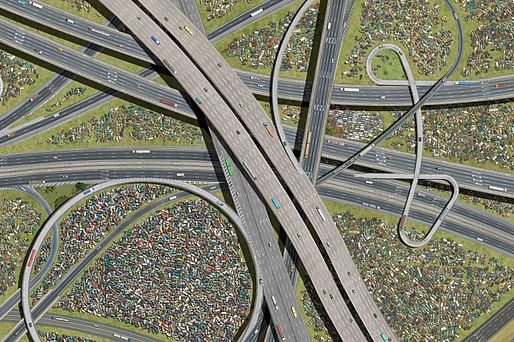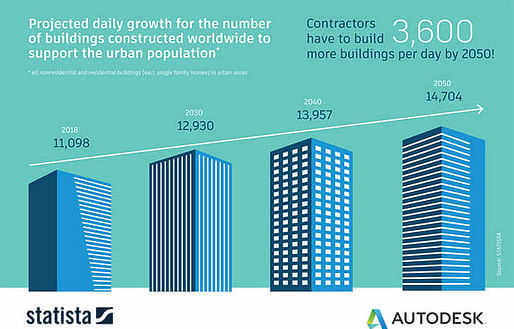

The U.S. Census Bureau has changed its definition of an urban area, which will cause hundreds of existing urban areas to be reclassified as rural. The change is centered on a new methodology for how urban areas are calculated, with the number of housing units being used as the key metric, rather than the number of inhabitants.
Under the century-old definition used prior to now, an urban area was classed as one with at least 2,500 people. Now, a place will need 2,000 housing units before being classed as urban, equivalent to around 5,000 people. In addition, the previous distinction between an “urbanized area” (50,000 residents or more) and an “urban cluster” (2,500 to 50,000 residents) will be removed, with all qualifying areas simply referred to as “urban areas.”
In addition, the Census Bureau has created three levels of definition for census blocks, the smallest geographic unit in the United States. Census blocks will be considered urban if they contain a density of 425 housing units per square mile, equating to approximately 1,100 people per square mile. Before the change, census blocks were considered urban if they contained 500 people per square mile.

The Associated Press reports that 1,300 small cities, towns, and villages which are currently designated as urban will be considered rural following the change. The changing criteria have been criticized by some groups including the American Hospital Association, who worry that federal funding allocated for small cities and towns along the urban/rural definition would see poorer standards of medical care in newly-defined rural areas.
Meanwhile, a coalition of associations representing cities, counties, planners, and transportation groups believes that focusing on housing units rather than people will not accurately account for variations in development and land-use patterns. Furthermore, some worry that the new definition will cause other federal and state agencies to reassess their definition of urban and rural areas in line with the new definition by the Census Bureau, leading to unpredictable changes in funding and development allocation.

However, the Census Bureau believes the change will allow for a more accurate, up-to-date reading of the size and demographic of U.S. urban areas. By focusing on housing units rather than population numbers, the Bureau hopes to reduce errors from previous census counts derived from a requirement to protect people’s identities. In addition, as the urban population has grown from 45% in 1910 to 80% in 2010, the Bureau believes the current threshold of 2,500 people is too low for modern standards.
The U.S. Census has been used in the past by Archinect to gain insights into land use as well as demographic and behavioral changes within urban areas in recent years. A full summary of our coverage can be explored here.
No Comments
Block this user
Are you sure you want to block this user and hide all related comments throughout the site?
Archinect
This is your first comment on Archinect. Your comment will be visible once approved.